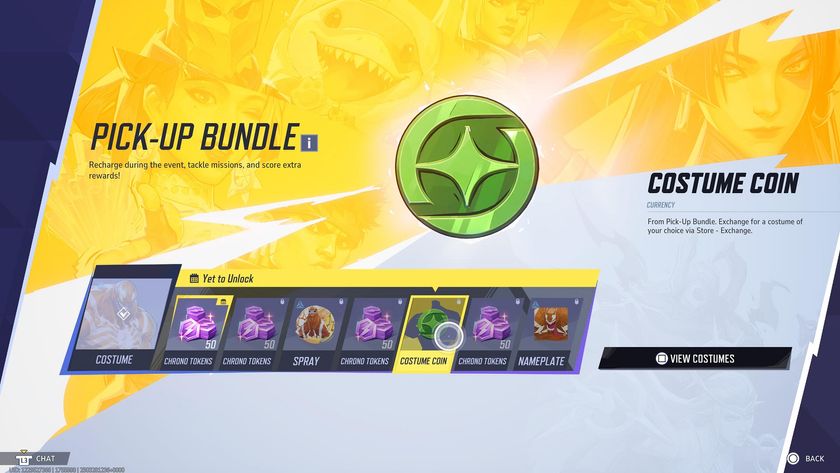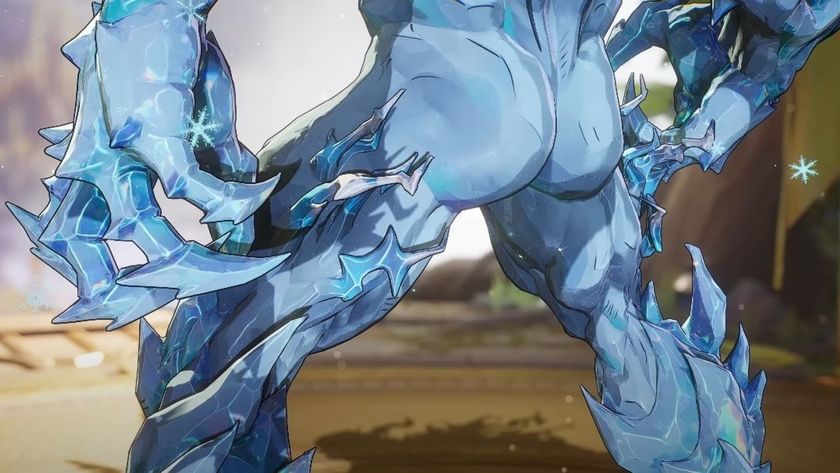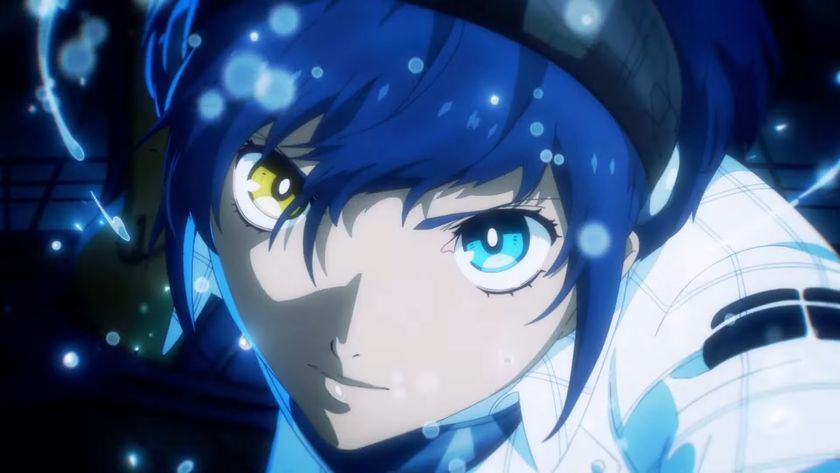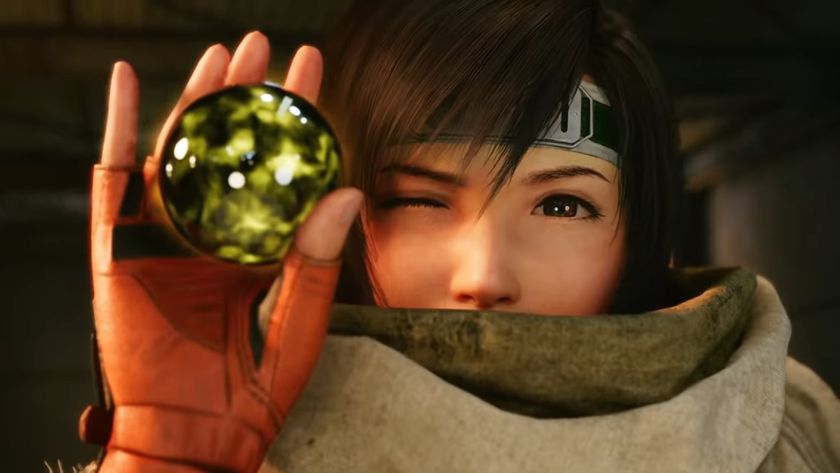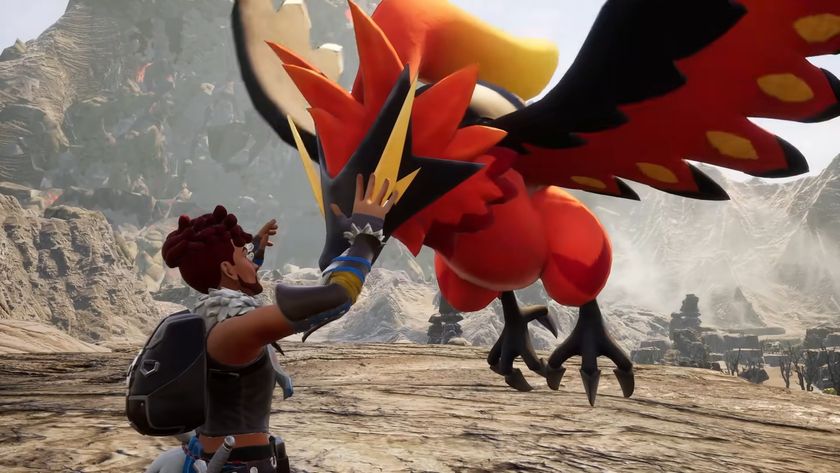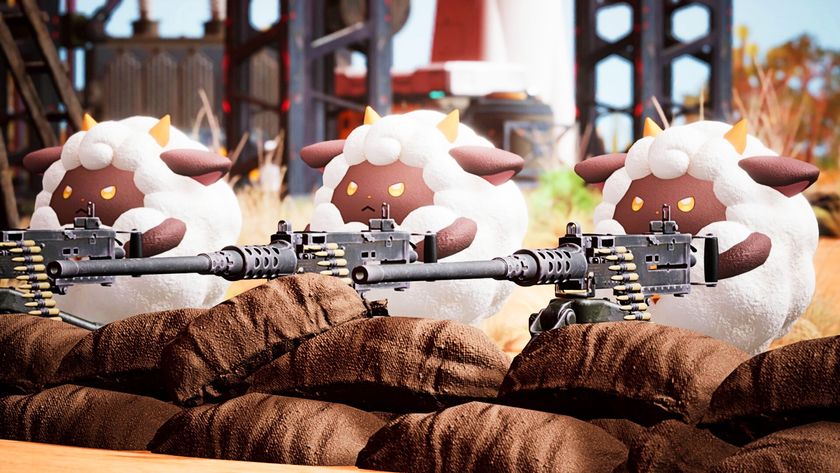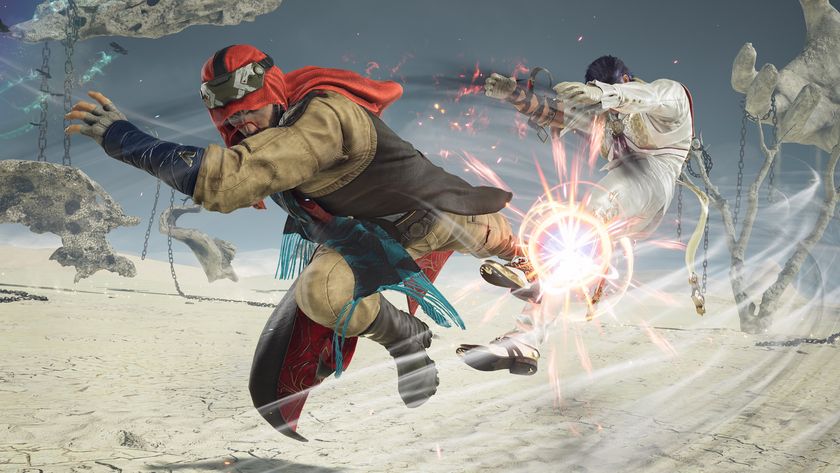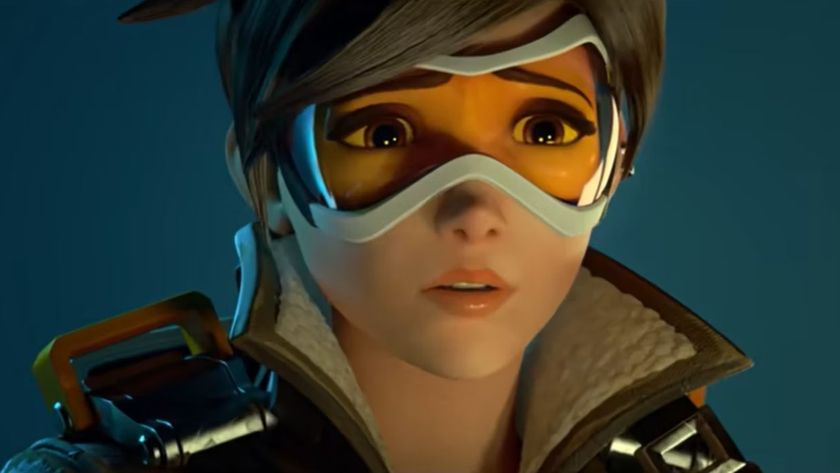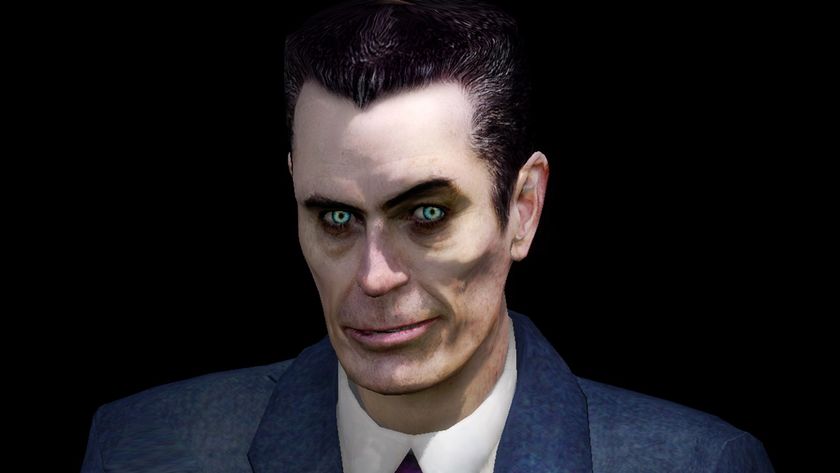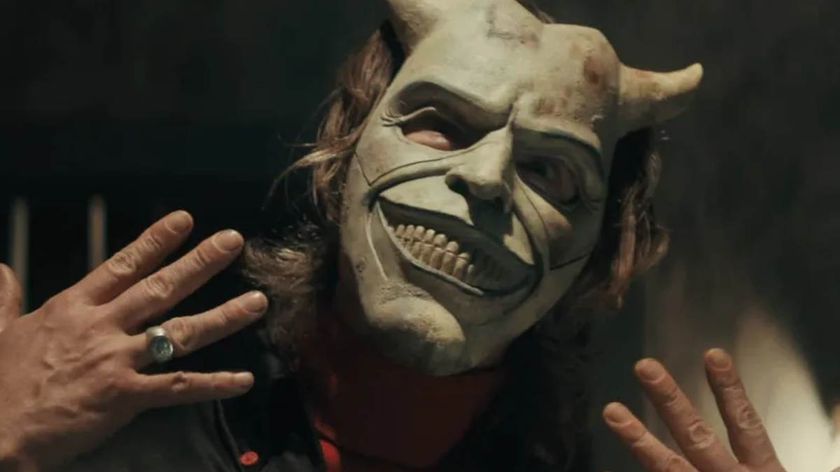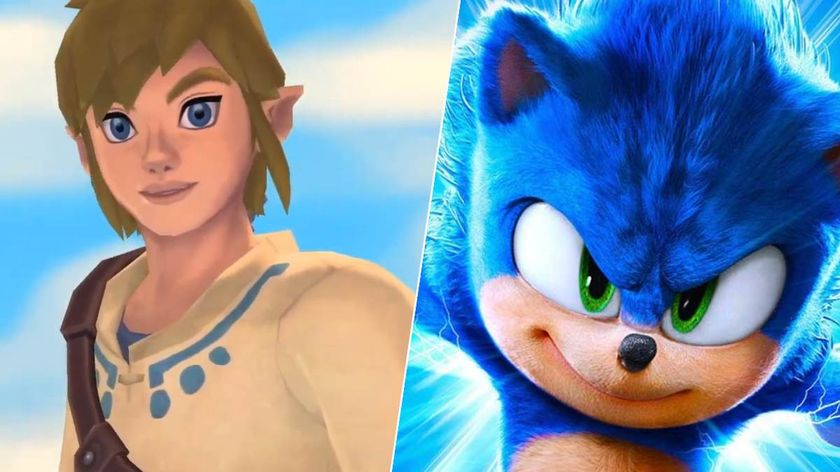Marvel Rivals puts fun first in game balance, but new heroes and maps can still get complicated: "We joke about when we develop a hero and when we develop a new map, it's just doing science research"
"The philosophy on balancing is actually quite simple"
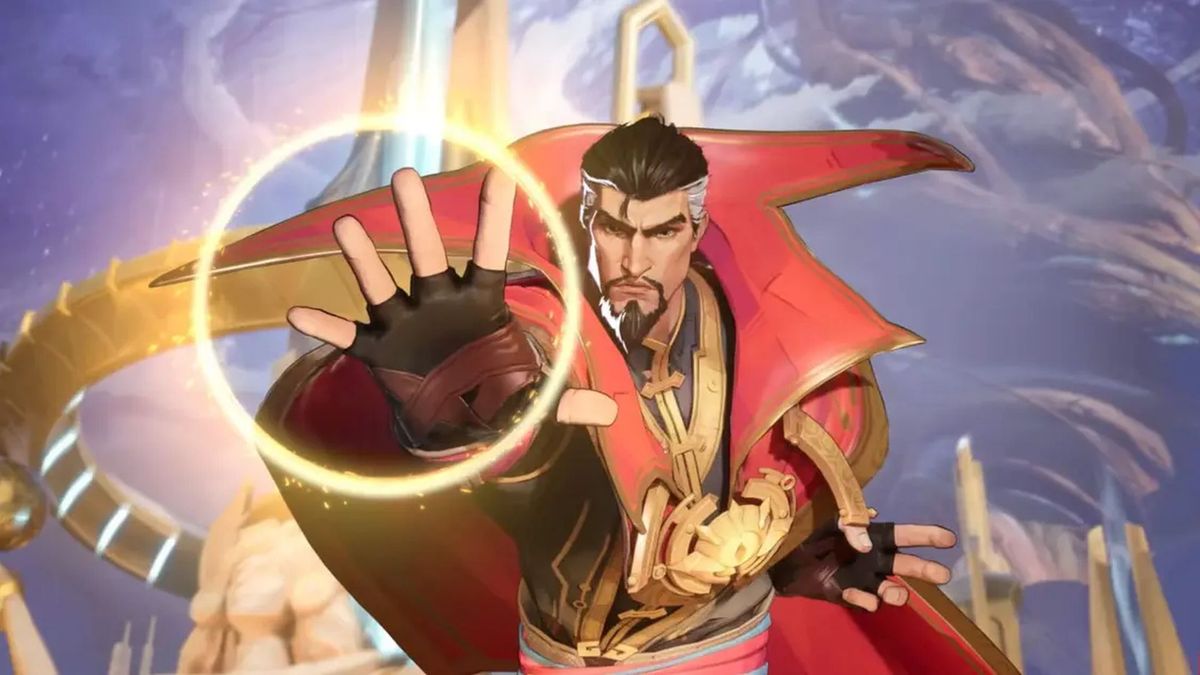
What sort of design philosophy goes into balancing Marvel Rivals heroes? How difficult is it, and what sort of challenges are associated with that? That's what I wanted to know during an interview with some of the folks working on Marvel Rivals at Game Developers Conference. The answer, as it turns out, is both simple and technically complicated.
"The philosophy on balancing is actually quite simple: fun," says Danny Koo, Marvel Games executive producer. "With Marvel superheroes, we always highlight the action part. With any balancing, like even before balancing, you have to understand that each individual character, when you play them first and foremost, is fun. After balancing and you playtest it internally, making sure that you preserve that fun… That's the pillar across the board and it won't change anytime soon."
Pressed on what "fun" means in this context, Koo clarifies: "Basically, can this character KO another character in a set amount of time and is this character going to be oppressed [such] that you get knocked out all the time." There's also traversal time, moment-to-moment action in team fights, and outside team fights. It's a lot of calculation, according to Koo.
Digging a bit deeper, I ask: what's the most challenging aspect of working on the game overall?
"The technical thing, I think, is one of the biggest challenges about working on games," says Weikang Ruan, Marvel Rivals lead technical designer, "because we have a lot of Marvel superheroes – they have very different abilities, and for example, as you play the game, you see a lot of heroes have very different visual effects, and it will also cause a lot of visual challenge and performance challenge. We joke about when we develop a hero and when we develop a new map, it's just doing science research."
Ruan points to Doctor Strange's portal optimization and the team constructing a whole rendering pipeline for it in Unreal Engine 5 as just one example. Having now sat through an entire panel devoted entirely to said pipeline – which I understood in concept if not execution – I am inclined to agree that it is, in fact, a big challenge. Ruan adds that environmental destruction, with all the levels allowing for massive amounts of bits and parts, is also very challenging from a technical perspective when it comes to performance.
As someone that goes up against my fair share of Doctor Strange players, it certainly seems like they've done the math correctly, though I also sometimes personally wish they'd have done it wrong. So... many deaths.
Sign up to the 12DOVE Newsletter
Weekly digests, tales from the communities you love, and more

Rollin is the US Managing Editor at 12DOVE. With over 16 years of online journalism experience, Rollin has helped provide coverage of gaming and entertainment for brands like IGN, Inverse, ComicBook.com, and more. While he has approximate knowledge of many things, his work often has a focus on RPGs and animation in addition to franchises like Pokemon and Dragon Age. In his spare time, Rollin likes to import Valkyria Chronicles merch and watch anime.
You must confirm your public display name before commenting
Please logout and then login again, you will then be prompted to enter your display name.
